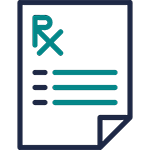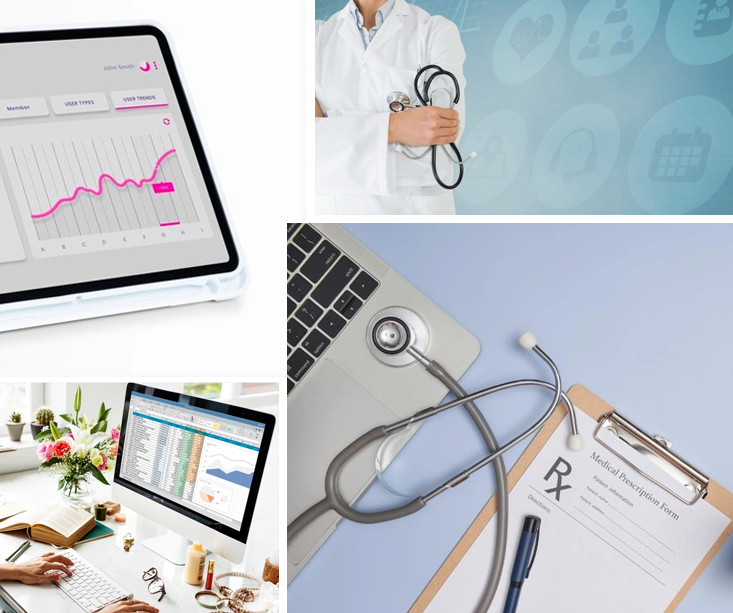Hey there, healthcare providers! Are you ready to dive into the exciting world of AI and machine learning? Let’s talk about the latest trends in these technologies and how they can improve healthcare outcomes & reduce costs. Since the healthcare industry is always advancing, and the emergence of AI and ML is taking things to the next level, let’s have a look at what they have in store for us. However, before that, We’d first like to take you on a ride to understand these technologies and their usage in the healthcare department. So, are you ready to get started? Let’s begin. . .
A lot of us only recognize ML and artificial intelligence in healthcare as buzzwords. However, these riveting words are a lot more than that.
According to a report by PR News Wire, the global healthcare AI market is projected to reach $19.25 billion by 2026, growing at a CAGR of 39.7% from 2017 to 2026.[1] Isn’t this massive? These technologies enable computers to learn and make decisions based on datasets. Just like a human brain, these systems can analyze vast amounts of information that can draw conclusions and make predictions. This detail makes it evident that healthcare providers can leverage AI and ML in the healthcare industry to identify patterns in datasets that may not be apparent otherwise. By doing so, they can gain valuable insights into patients’ health and make more informed decisions about the treatment.
Now Jumping to the Trends, Let’s Begin with Predictive Analysis

One of the most exciting trends in AI and ML these days is predictive analysis. Reading the name, you can understand that this technology helps healthcare providers predict when patients are at the highest risk for certain conditions and what treatment they need first at their disposal. With Predictive Analysis, you can timely control critical conditions and prevent upcoming problems down the line.
A study published in Nature Medicine found that AI systems were able to predict breast cancer risk with greater accuracy than traditional risk models.[2] As a result, they were helpful in early detection and saved many lives.
Furthermore, the future of AI in healthcare is expected to enable all healthcare providers to identify the most suitable treatments for critical patients, considering their distinctive attributes, by utilizing AI and ML. The personalized care these technologies provide is anticipated to lead to better outcomes, even within a shorter span.
Wearable Technology
Integrating machine learning health technology in wearable devices has revolutionized healthcare management. With the rise of wearable devices, healthcare providers can now collect patient data in real time. Later, this data can then be analyzed using AI and ML algorithms to identify patients’ trigger points.
For instance, wearable devices can track patients’ vital signs, activity levels, and sleep patterns. All this data is then used to predict potential health problems and develop personalized treatment plans tailored to the patient’s specific needs.
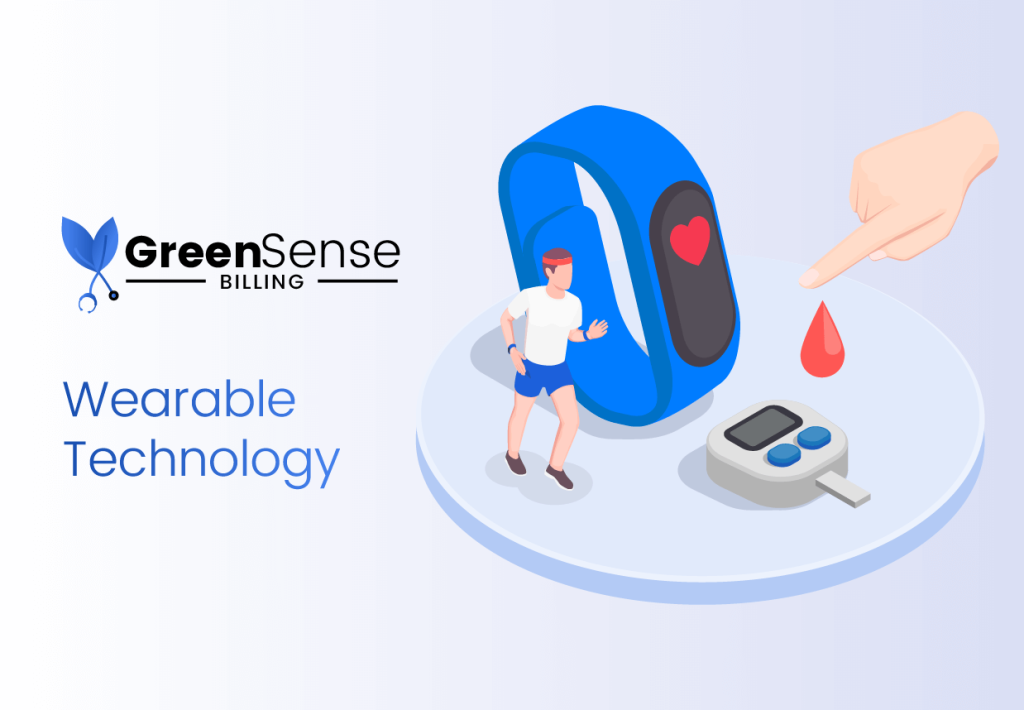
Medical Imaging
I am sure you are au-fait of how AI and ML are being used to enhance medical imaging. With these technologies in hand, healthcare providers can analyze large volumes of medical images and identify patterns that may not be visible to the human eye.
For instance, a 2022 research claims that the potential for AI and ML to improve diagnostic accuracy and efficiency in healthcare potentially leads to better patient outcomes and cost savings. This claim was made after an algorithm was created to interpret mammograms to predict malignancy in women. Surprisingly, the algorithm received an AUC of 0.91, identifying 48% of false negative mammogram readings. The algorithm also outperformed the Gail model with an AUC of 0.78 vs. 0.54.
Consequently, the study highlighted that the developed algorithm for mammogram interpretation and malignancy prediction performed well, indicating that Artificial intelligence and healthcare now share a great bond and machine learning techniques are becoming more effective in the medical field.
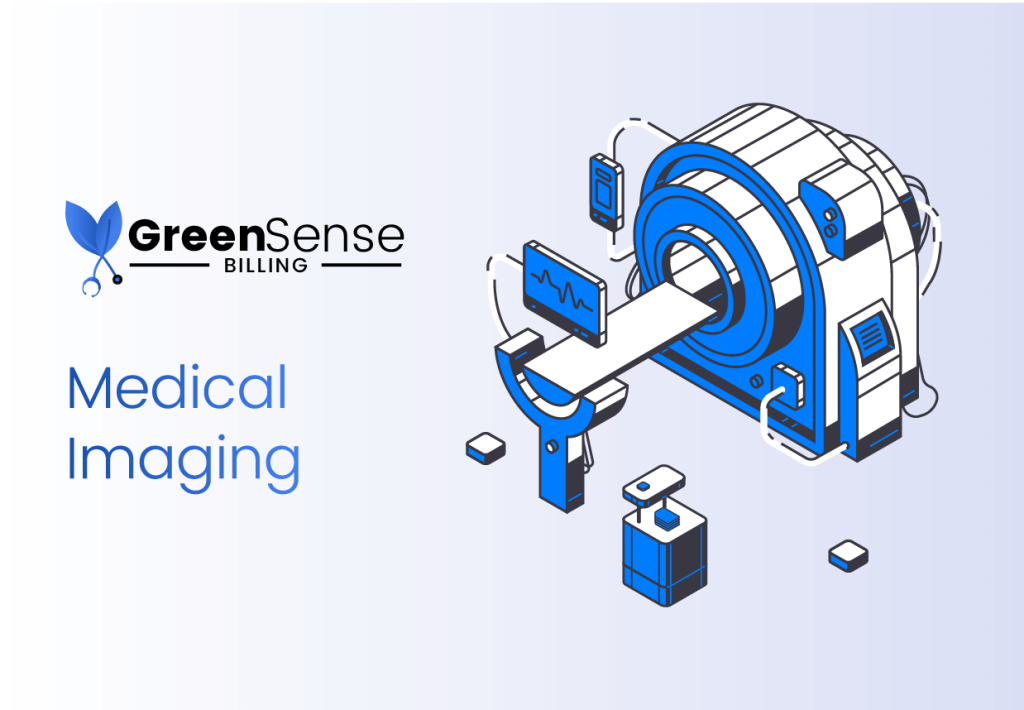
Natural Language Processing
Healthcare machines powered by Natural Language Processing have enhanced clinical decision-making efficiency. It is yet another mind-blowing development that is making waves in healthcare departments. NLP enables computers to understand human language, which can be used to analyze patient records, clinical notes, and other text-based data. Using AI and ML algorithms, natural language processing gains valuable insights into patient health, helping healthcare officials make viable decisions on time.

Robotics
Last but not least, robotics! The future of machine learning and robotics is transforming how surgeries and other such procedures are performed. Robotic systems are becoming increasingly sophisticated, and with the help of AI and ML, they can analyze patient information in real time and adjust their movements accordingly. This leads to more precise and effective surgeries while reducing the risk of complications.
According to a study by Metechdive, The utilization of robotic surgery has significantly increased in several procedures, with the most significant rise observed in inguinal hernia repair, increasing from 0.7% in 2012 to 28.8% in 2018.[3] Other procedures, such as ventral hernia repair, colectomy, reflux surgery, and proctectomy, have substantially increased robotic surgery use. In contrast, smaller increases were observed for cholecystectomy and complex cancer resections.
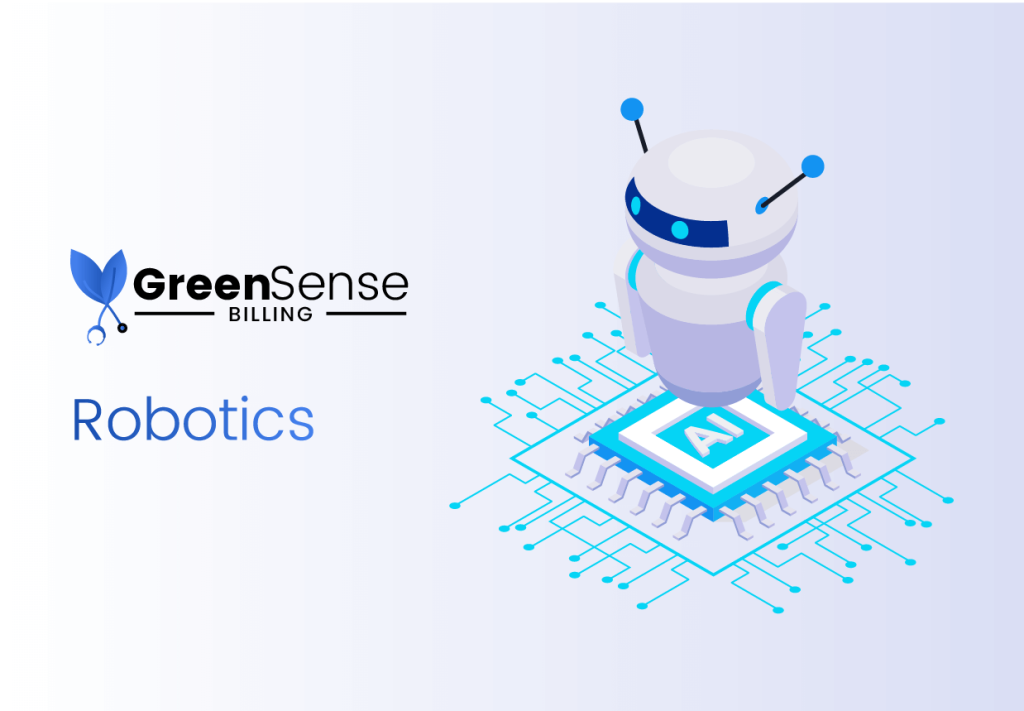
Wrap Up
As healthcare providers, it is important to stay up-to-date on the latest trends in AI and ML. Incorporating these innovative technologies into your daily practice can revolutionize the healthcare industry and pave the way for a brighter and healthier future. The impact of artificial intelligence and ML is clear: they improve healthcare outcomes, reduce costs, and provide more personalized care. So, it’s time for you all to embrace the latest trends in AI and ML and continue doing what you are best at, providing quality care to your patients.









